It's All About the Box
"Big Box" collecting has exploded over the past decade. We take a look at some of the hobby's most cherished items.
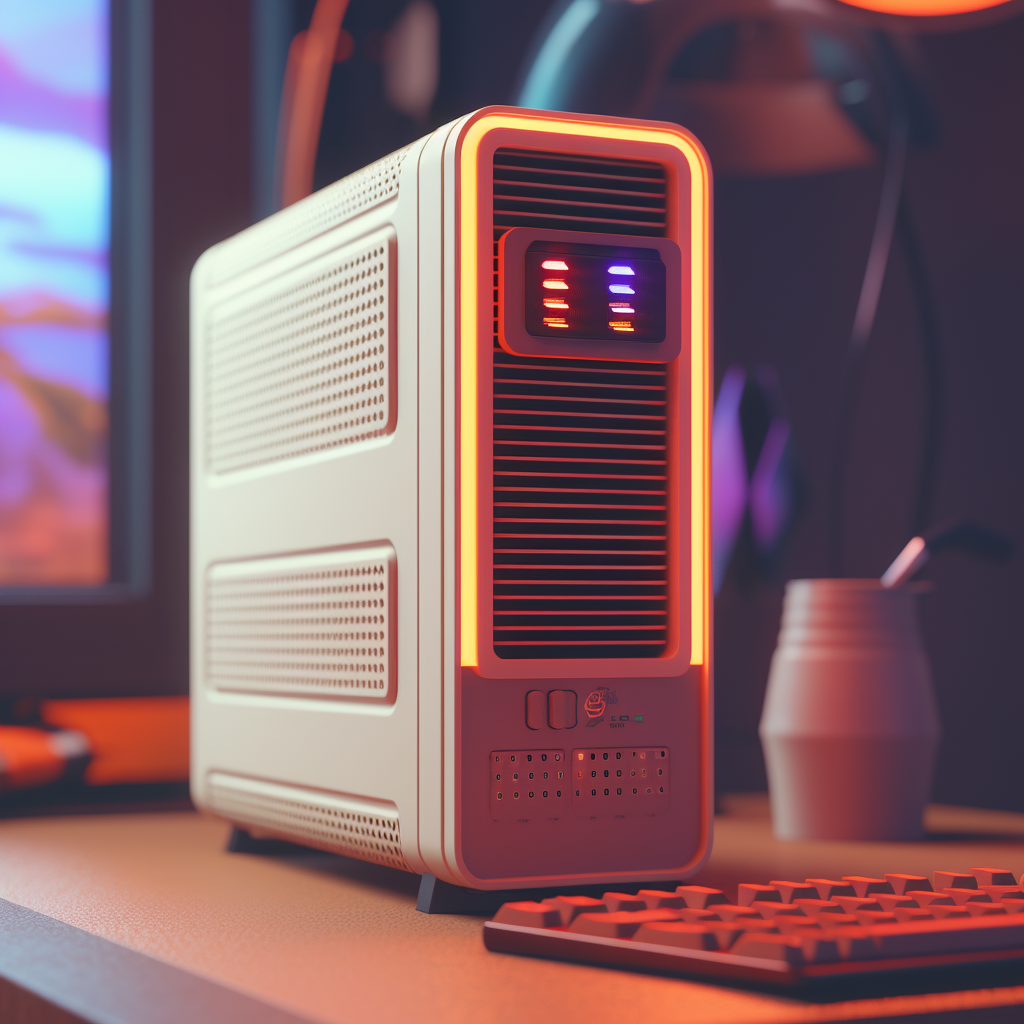
About four years ago I visited my parents for Christmas. In the stifling summer heat, I sat down in the shade of the back porch and started pulling some dusty old boxes of mine out of the garage to sort through over a few beers. With the children soon distracted by some of my old toys, I moved on to a few old crates of computer game boxes and was immediately propelled down memory lane.
"Big Box" is a term that has come to define a type of packaging that was common in the pre-Millenium games industry. The term loosely encompasses two main types of boxes. The first of these were typically about the size of an A4 sheet of paper in height and width, and about two inches deep. There were occasional exceptions to this - Eidos famously released a series of trapezoidal boxes in the late 90s - but generally, most PC games in the mid to late 1990s followed this format. The second format was the 1980s and early 1990s game boxes. These were typically a little smaller and not quite as thick, somewhat shaped similarly to an enlarged DVD case.
Typically, these game boxes were filled with all sorts of errata - maps of the game world, hint books, a manual - sometimes even t-shirts, mousepads, or figurines. BioWare's Baldur's Gate II: Shadows of Amn came with a canvas map of the nation of Amn, and a chunky spiral-bound manual coming in at a whopping 266 pages. These weren't collector's editions or pre-order exclusives. This was standard for all games.
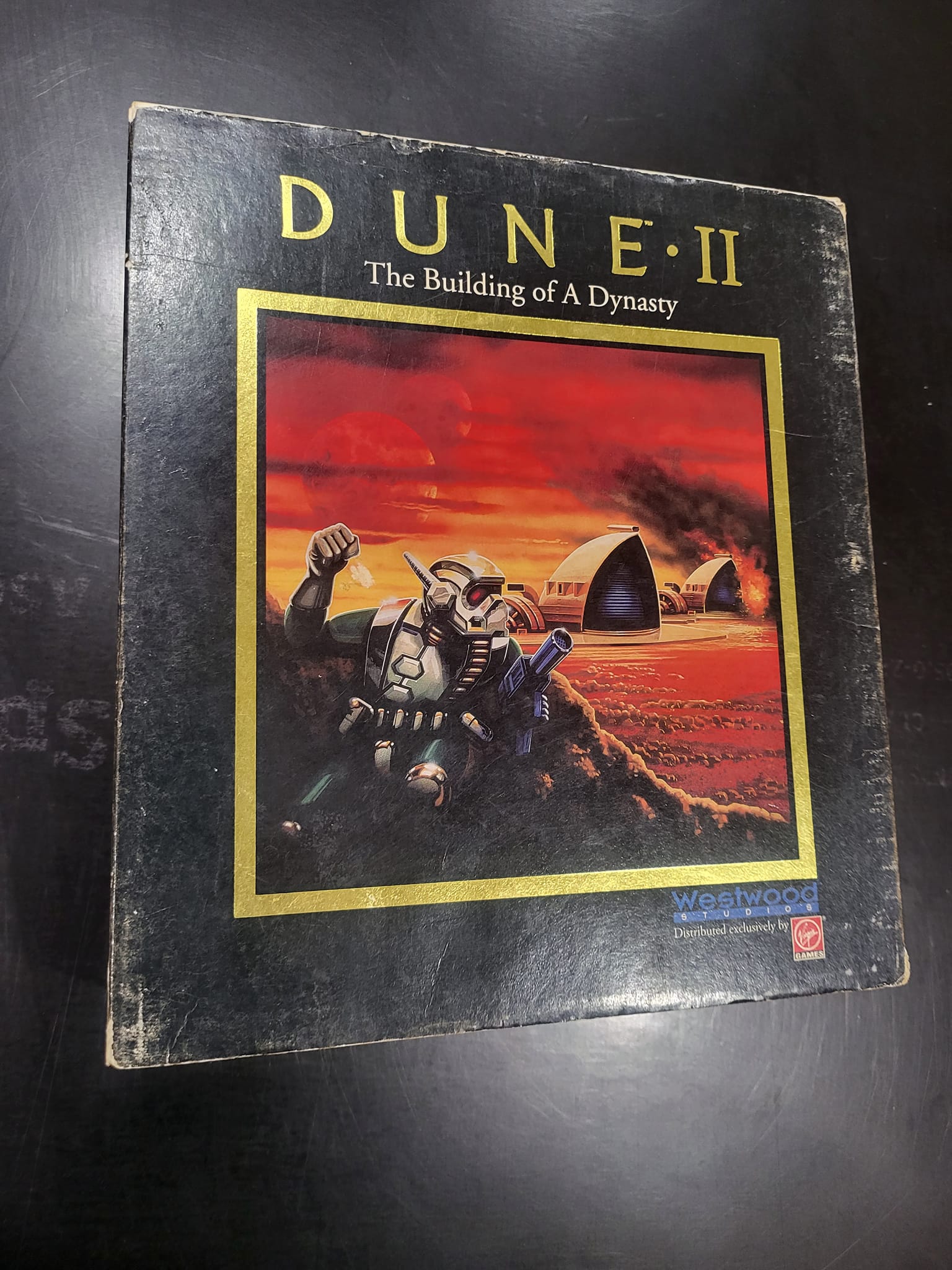
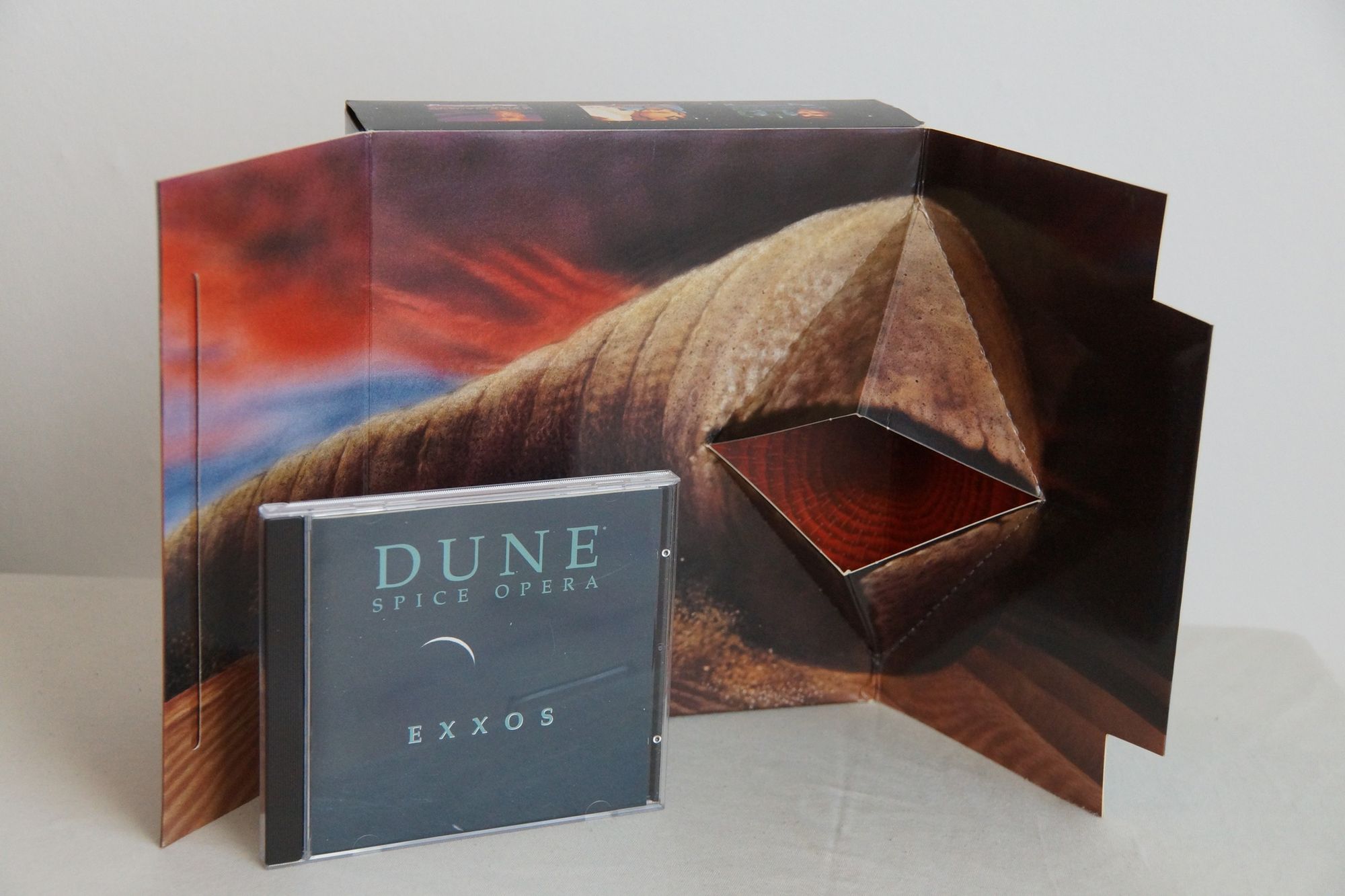
Source: Big Box PC Game Collectors and Big Box Computer Games Australia (Facebook).
The value of an eye-catching box stuffed with goodies was invaluable for publishers in the era of physical game sales. Stylish cover art and some exciting screenshots on the back of the box were the last chance that publishers had to market their game to a potential customer, and a good box might sway that person's decision in those final in-store moments, especially if the weight of it hinted at the treasures hidden inside. However, while the marketing potential of an impressive game box seems obvious, it was actually anti-piracy measures in the 1980s that led to the widespread adoption of the format.
Sid Meier recalls in his autobiography that, as a way to fight game piracy, many developers often relied on players referring to a specific passage in their game manual to pass copy protection checks, such as challenges like "What is the fourth word on the last line of page 37 in the manual?". However, as bandwidth increased over the years, it became increasingly easy for pirates to share photocopied manuals via Bulletin Board Systems, forcing publishers to become more elaborate in their attempts to fight piracy.
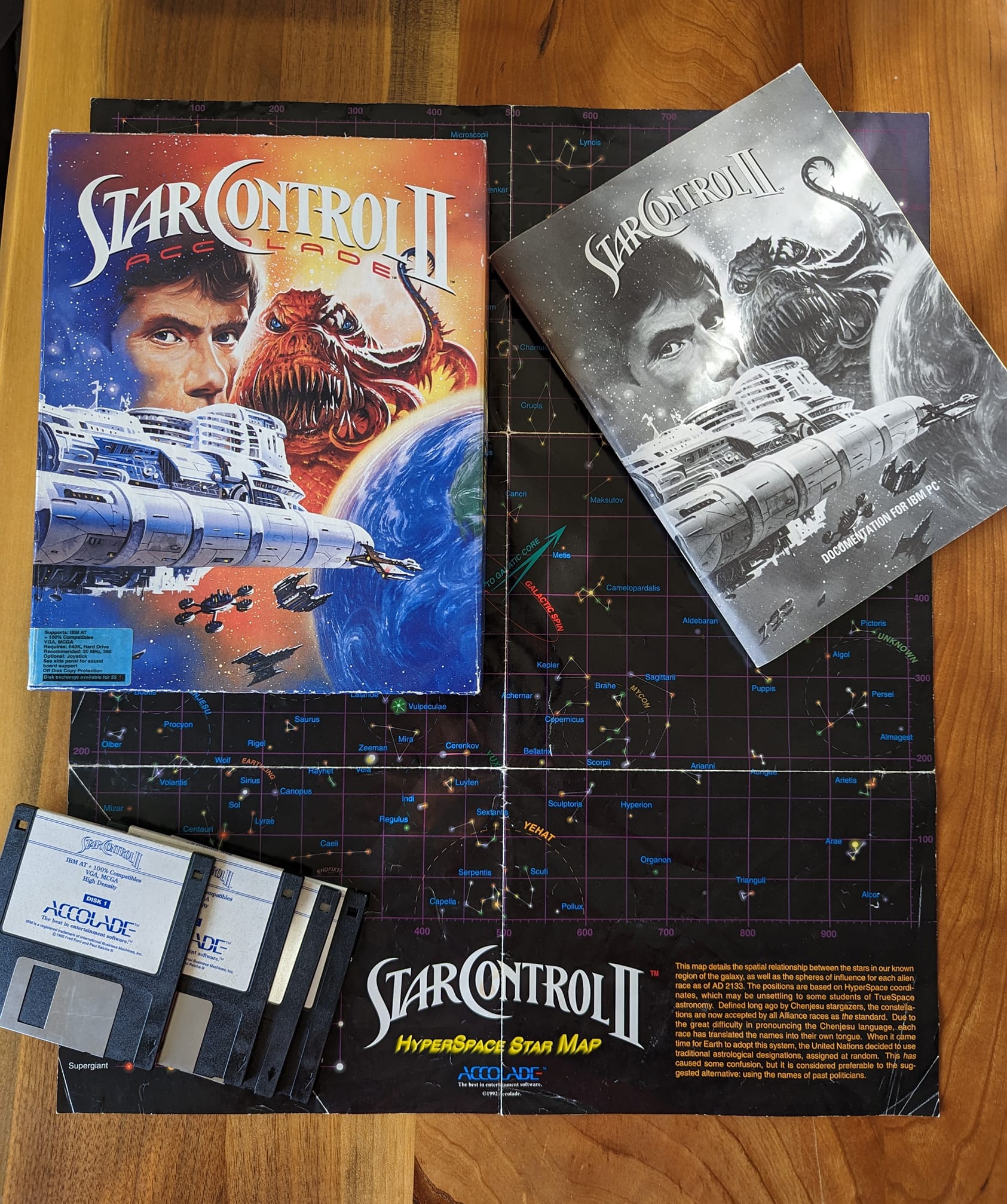
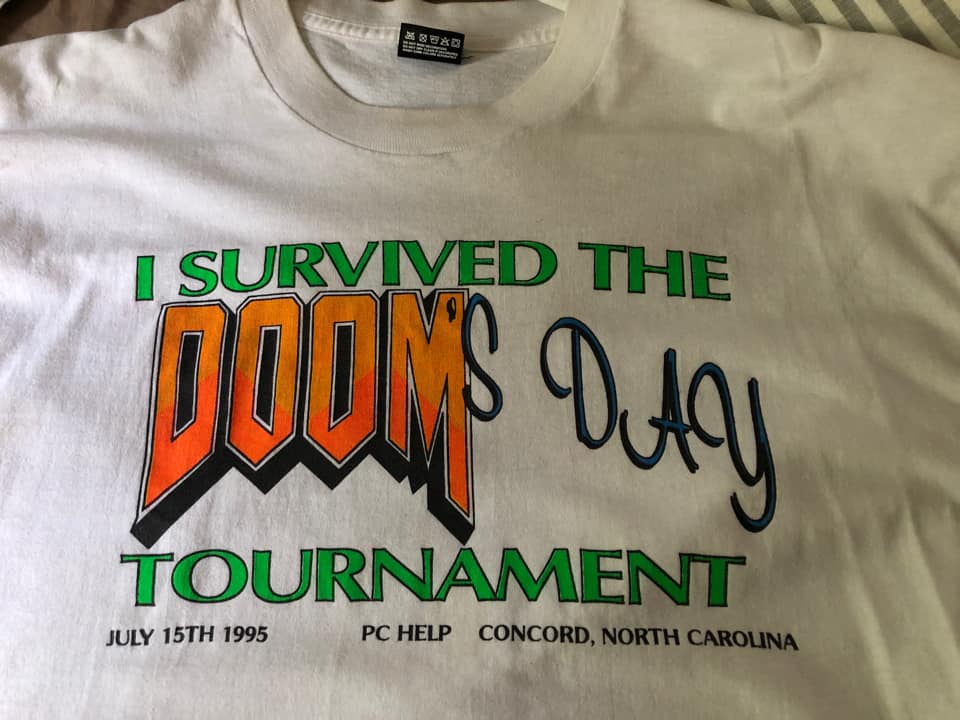
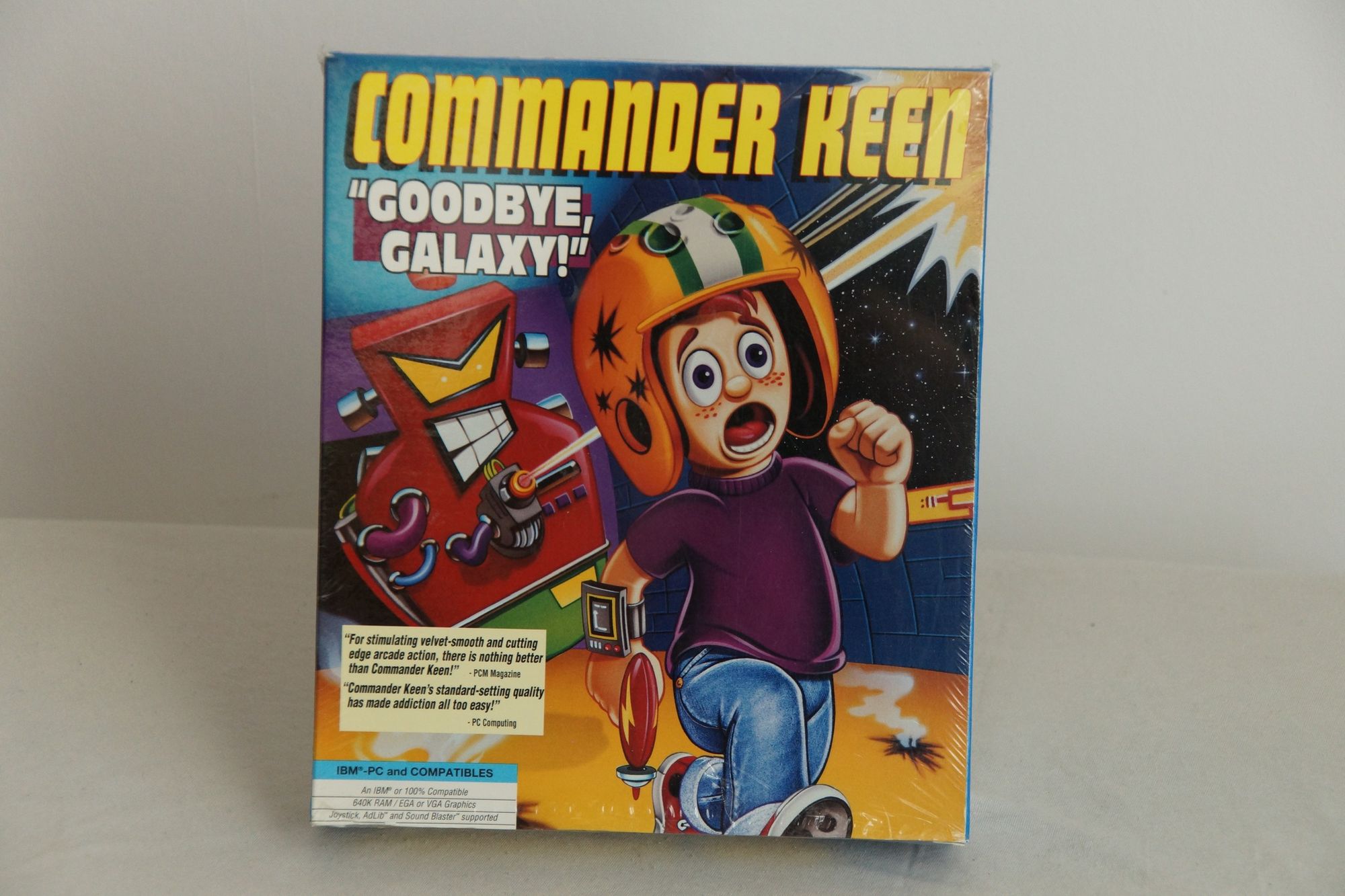
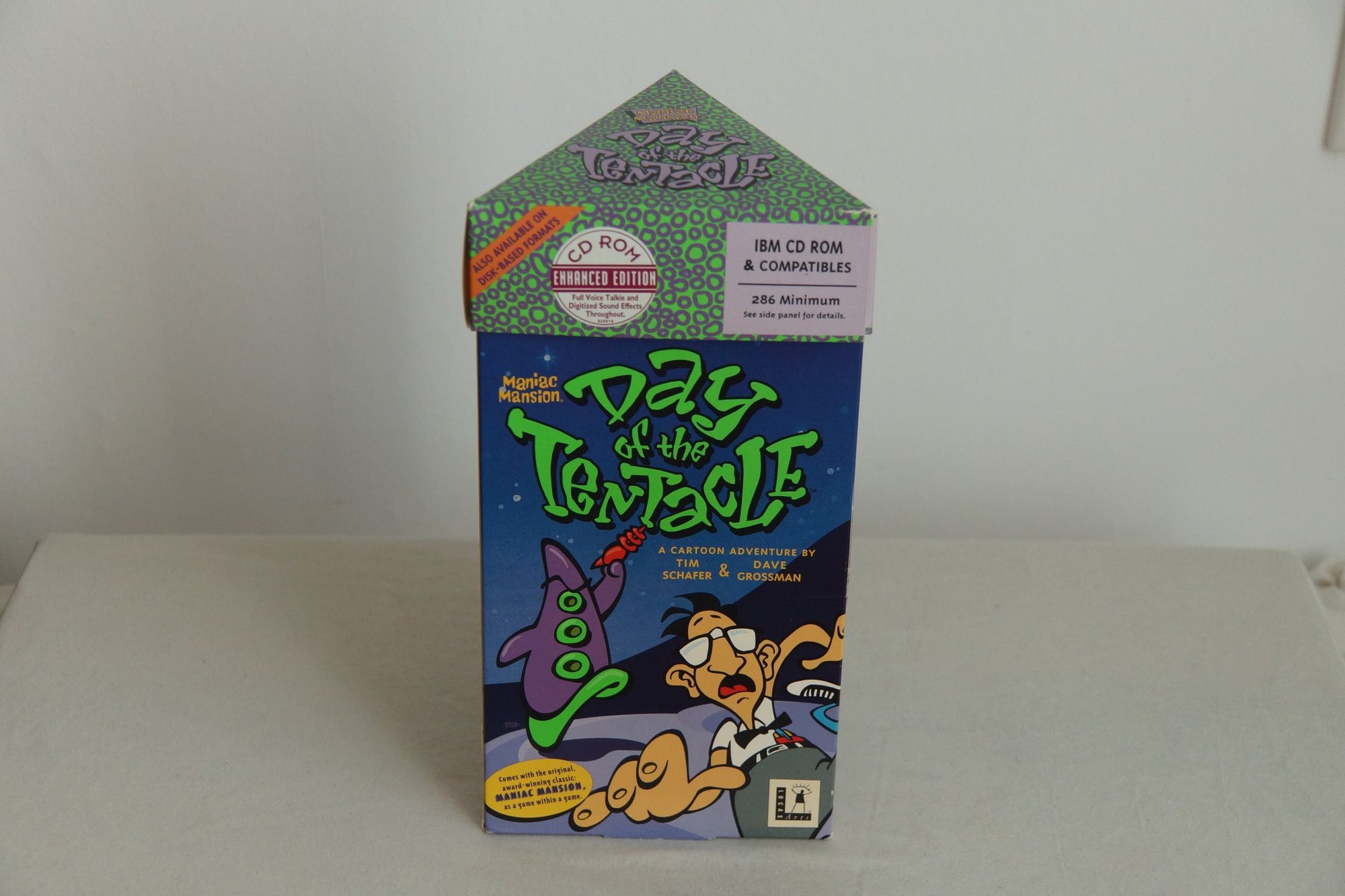
Source: Big Box PC Game Collectors (Facebook).
According to Meier, it was Infocom's murder mystery game Deadline (1982) that first demonstrated the potential of supplementary box content. Deadline's box included "a crime scene photo, police interviews, a coroner's report, a letter from the family's lawyer, and even three pills (made from candy, in reality) that had been "found" at the crime scene" (Sid Meier's Memoir!, pg. 77). When piracy of Deadline dramatically dropped compared to other titles, publishers recognised the potential - defeating piracy was as much about the carrot as it was about the stick.
By the early 2000s, the Dotcom Bubble had burst, and the games industry went with it. The tail-end of the late 90s PC gaming Golden Age saw the collapse of dozens of studios, and the subsequent consolidation of their property under big studios and publishers like Electronic Arts. In the same era, PC gaming saw the rise of digital distribution, more aggressive DRM, and a drop in brick-and-mortar sales. Publishers minimised overheads on physical sales by adopting the "small box" for PC games - essentially a box that was similar in height and width to a DVD case. Eventually, publishers ditched the box entirely, adopting the aforementioned DVD case size that console releases had long since adopted.
Today, big box games are mostly a thing of the past. In fact, one might argue that physical distribution itself is all but dead in many markets, especially for PC games. Digital distribution is cheap, fast, and not at all hindered by supply chain challenges. The closest that modern distribution comes to the classic "big box" is through collector's editions, or limited-release preorders. One company, Limited Run Games, has even made a business of rereleasing limited-run, unique physical releases. Big box games aren't the standard anymore - they are a niche item for enthusiasts and collectors.
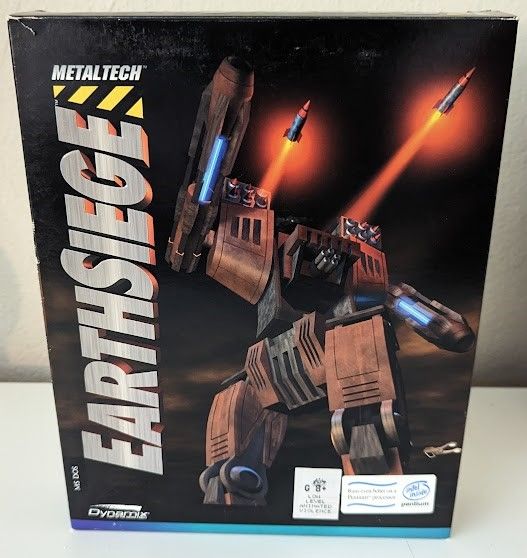
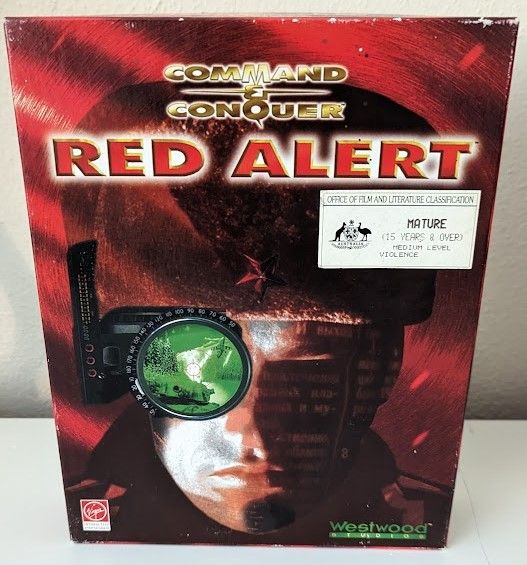
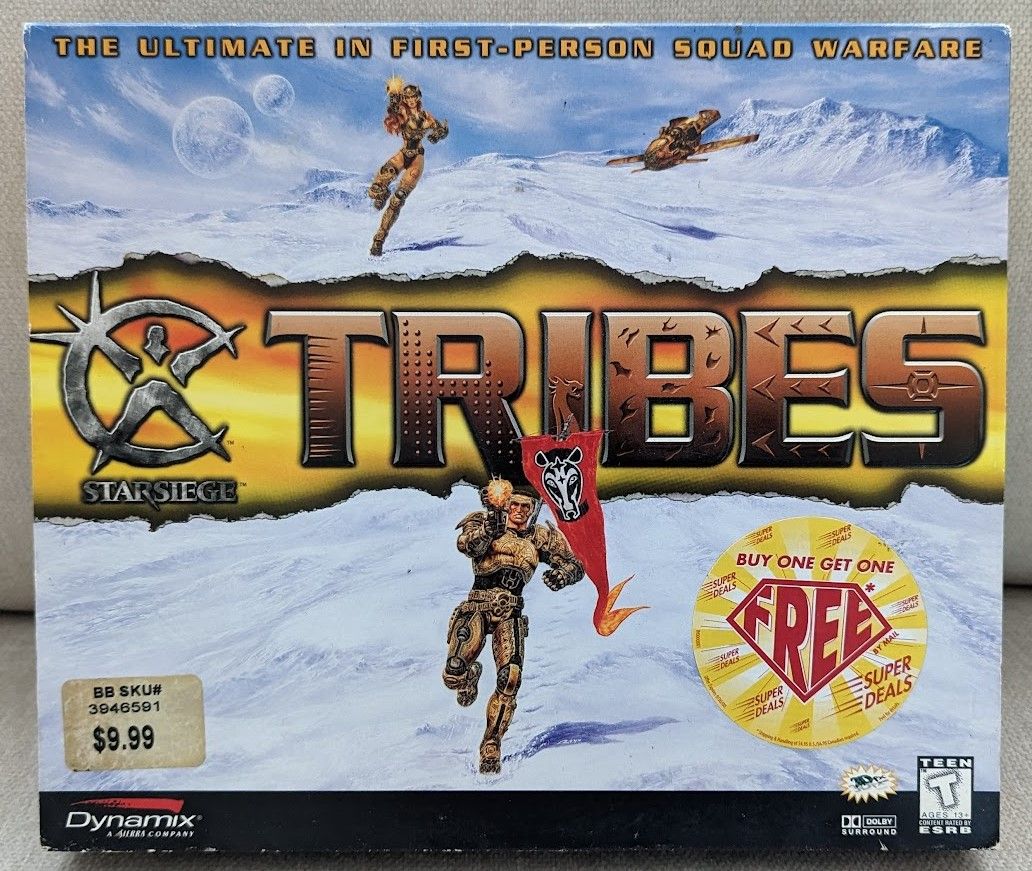
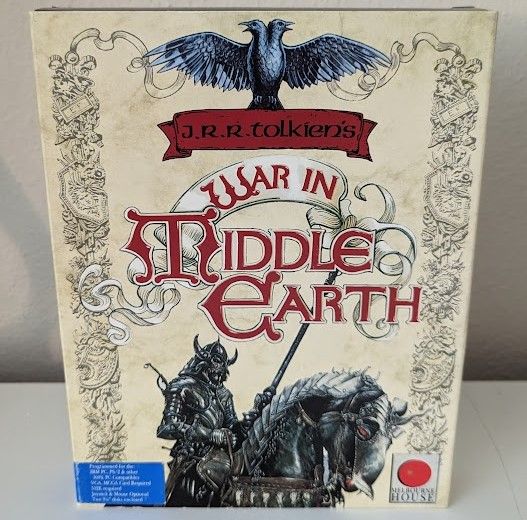
Source: Author.
My personal experience with big box collector communities has been overwhelmingly positive. Unlike some collector communities, which can get very cutthroat, I've found big box collectors to be a group of people that mostly aren't collecting for financial gain or prestige - they trade in memories. I have several boxes in my collection, some of them quite rare, but the ones that mean the most to me aren't necessarily the most valuable ones - they are the games that meant a lot to me. Game boxes like Unreal Tournament, TIE Fighter, and the aforementioned Baldur's Gate II are special to me because of what they represent in my life, not their current monetary value.
Below are members of the big box community sharing a few of the special titles in their collections, and what these games mean to them.
Me: Baldur's Gate II: Shadows of Amn
Why is this box important to me?
I bounced around a bit on choosing one box from the collection, but I think that box is probably Baldur's Gate II: Shadows of Amn. I picked this box up at EB Games back in about 2000, and I remember opening it up on the bus home and reading through the enormous manual, reading about spells and the NPCs I could meet, and marveling at the beautiful canvas map of Amn.
I chose this box not only because this is an RPG that had an immense impact on me, but because the box itself perfectly represents why the big box format is so special. Eye-catching and tactile, this box provides joy and excitement beyond the confines of the game itself.
Scott Miller, Founder of Apogee/3D Realms: Max Payne
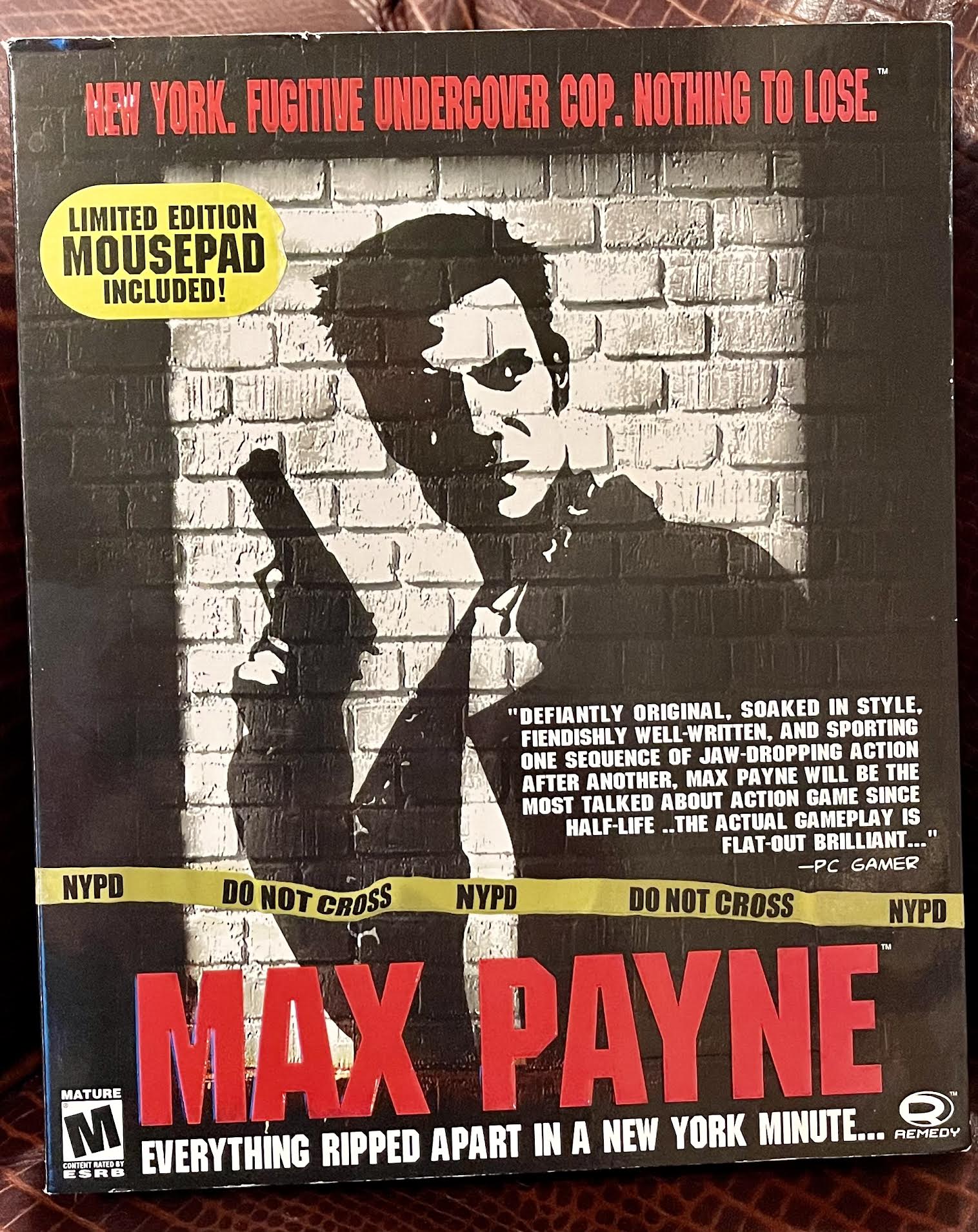
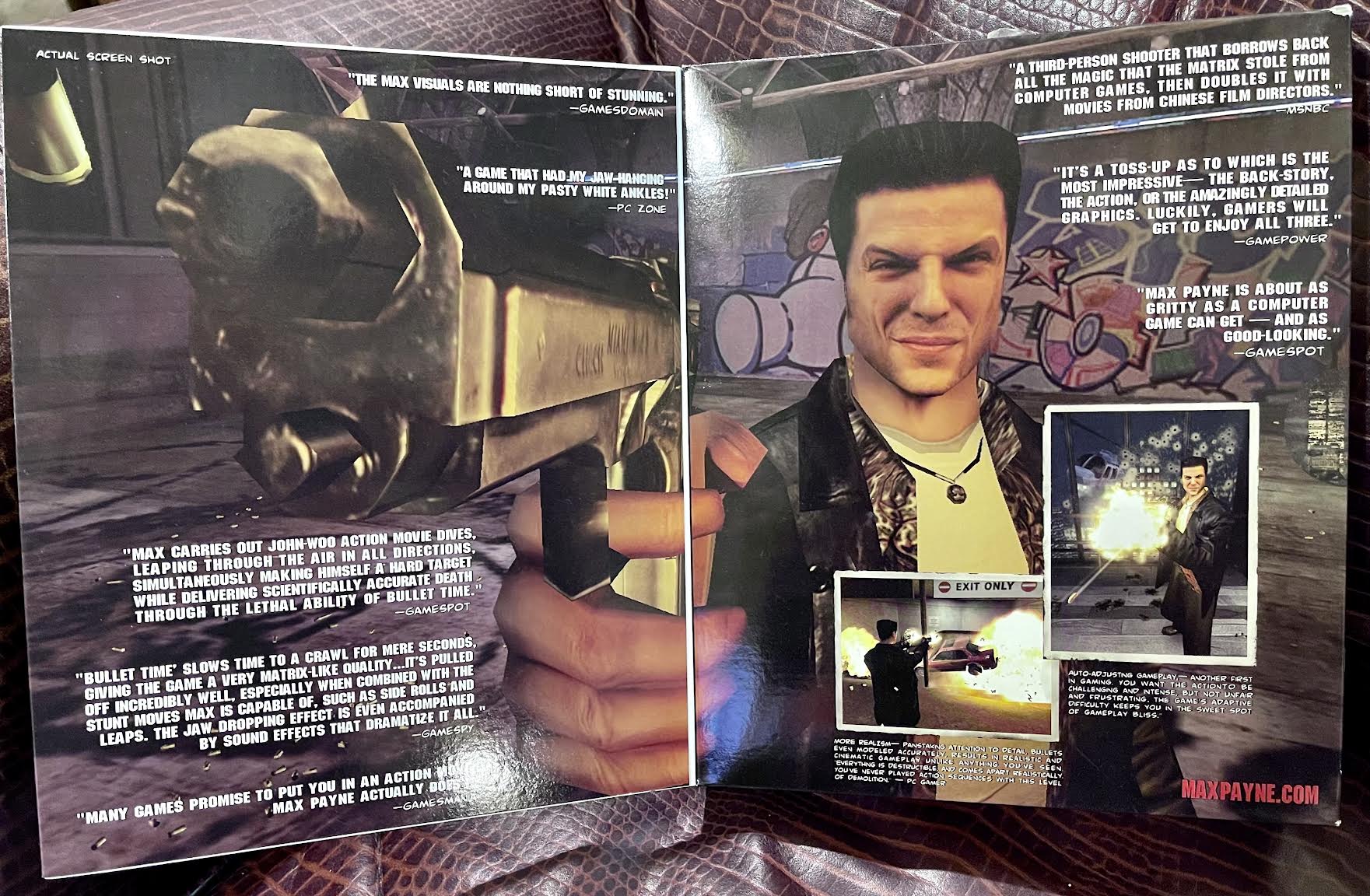
Source: Scott Miller, Twitter.
Why is this box important to me?
One of my Max Payne boxes. An old-school design with a front flap that opened. Us at Apogee chose every screen shot, every quote used, and wrote every caption. Take-Two hated that I wanted a big quote on the front (they said it ruined the look) but I insisted on it being there.
Andi: Thief Collection
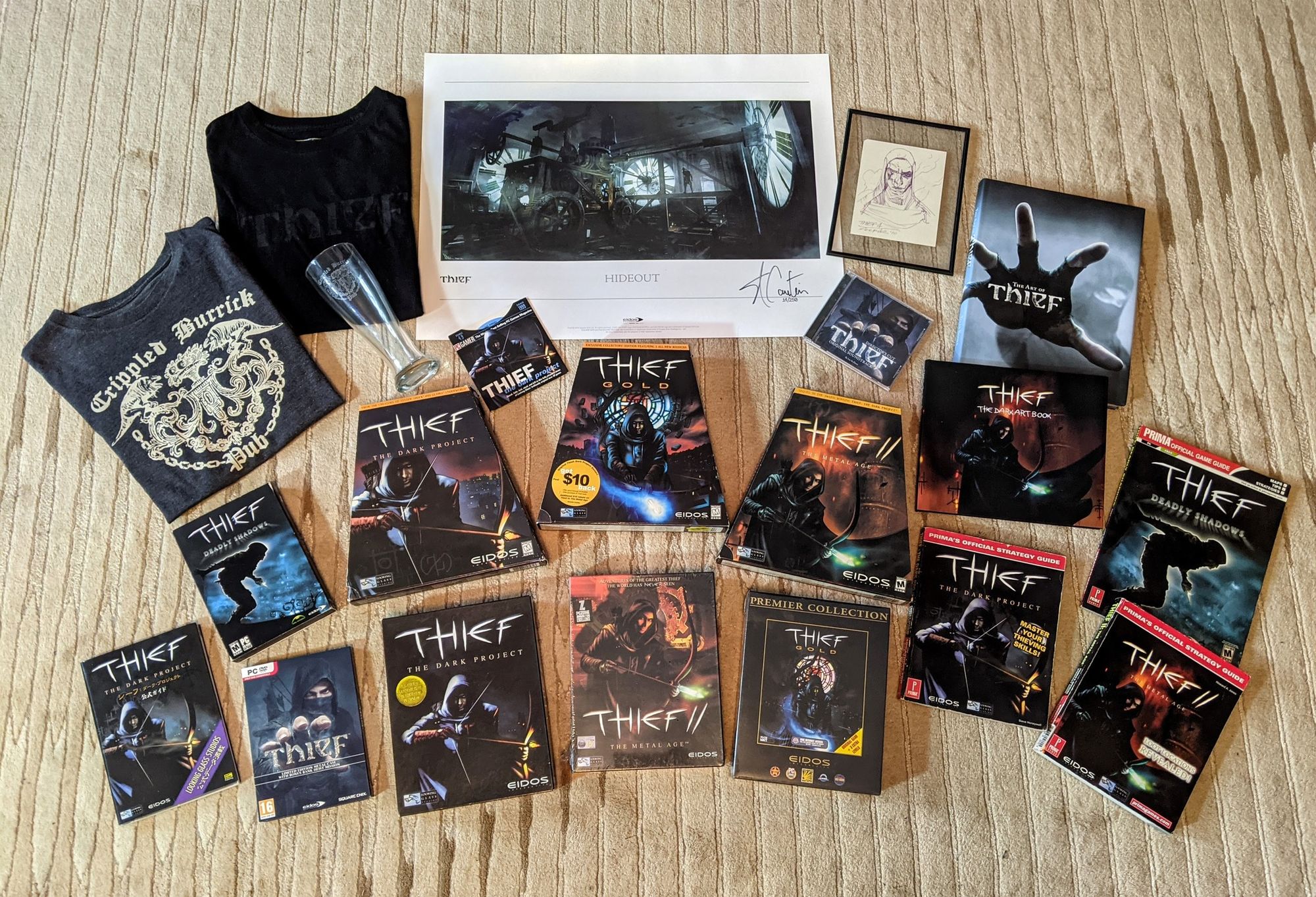
Why is this box important to me?
My Thief collection. What I consider to be one of the best game series ever made, groundbreaking and still yet unmatched in many aspects.
George: Star Control and Star Control II
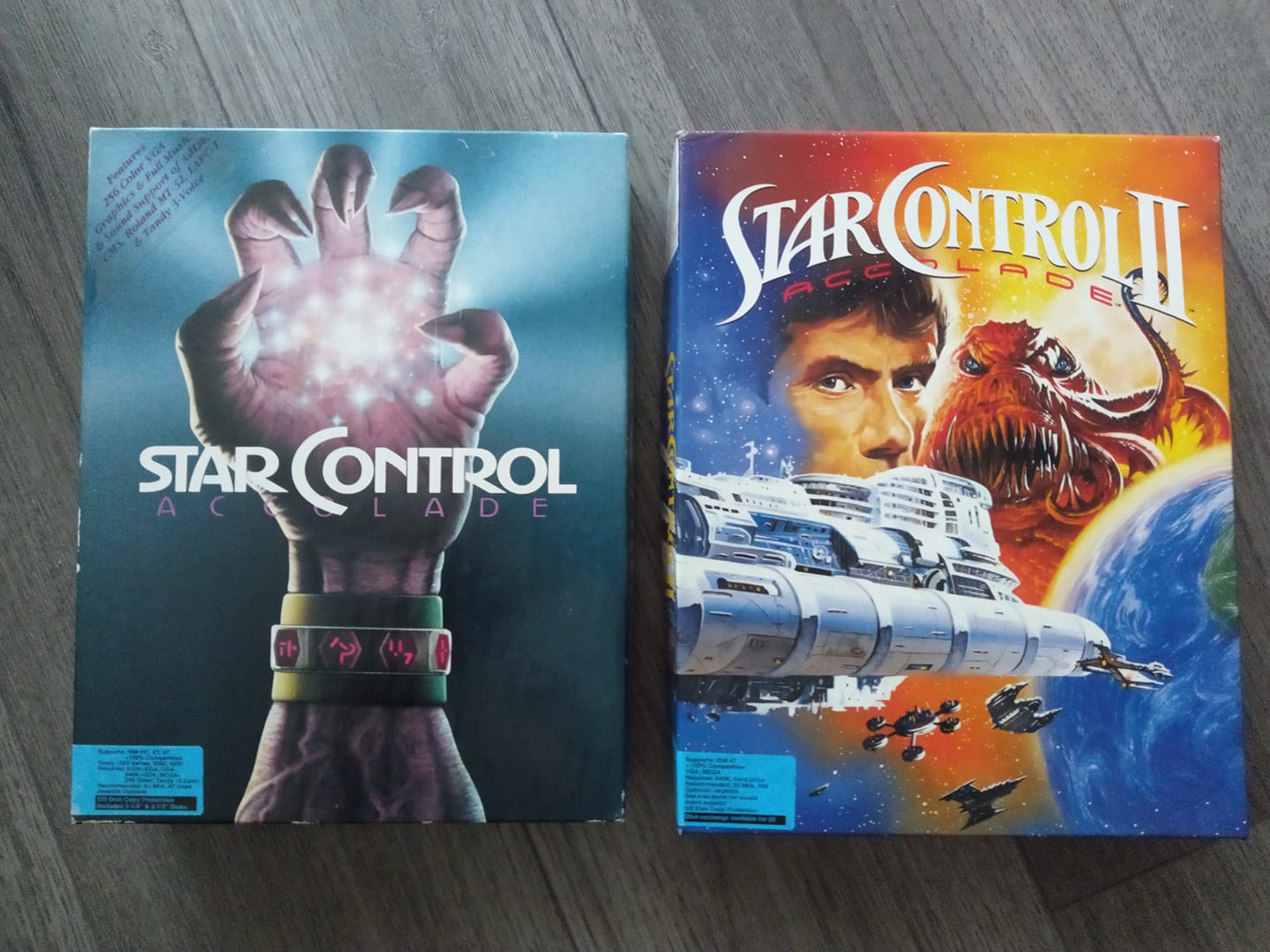
Why is this box important to you?
"Star Control I and II, these are definitely in my ever changing top 5 order. I loved how the brief story snapshots of Star Control were taken to an open universe in Star Control II. The music, the level of detail, the ability to explore as you choose, the amount of detail around each race, the Precursor ship and its modularisation, the Syreen and being a teenage boy. Fred and Paul keeping true to SCI and the good guys LOST! Fred and Paul working on The Ur-Quan Masters II is making me giddy like I used to feel when a new game was released. These games will always have a dedicated place in my heart. I used to own a 286, and had to choose if I would install Star Control II only OR a whole bunch of other games. Good times I'd go back to in a heartbeat."
Pascal: Gabriel Knight: Sins of the Fathers
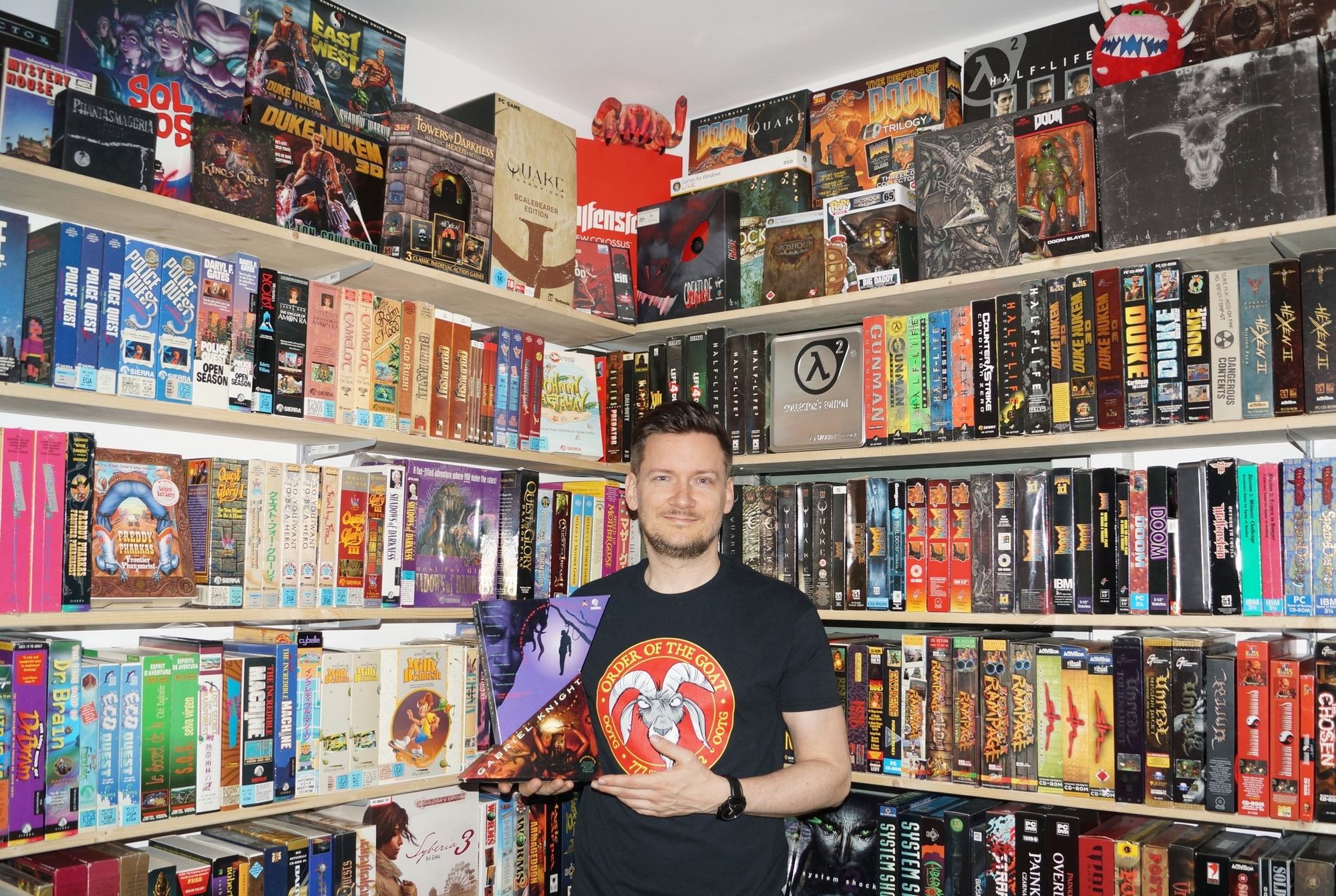
Why is this box important to you?
"Gabriel Knight: Sins of the Fathers because it's the best adventure game ever made and one of the most awesome PC big boxes ever made!
Ben: Need for Speed SE and Duke Nukem 3D
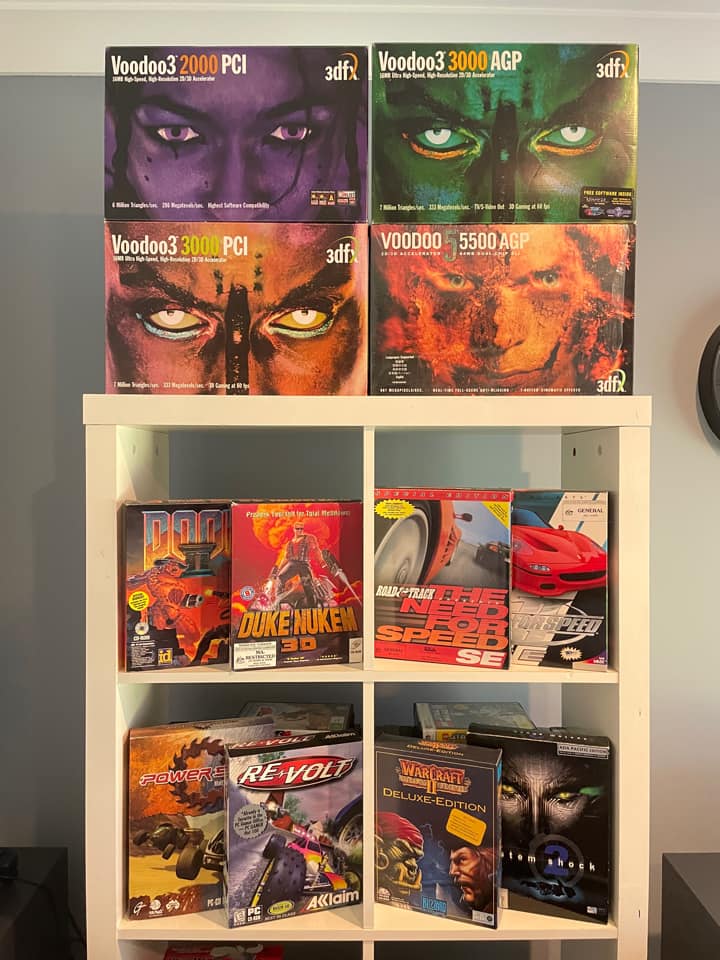
Why is this box important to you?
"My most sentimental big box is the Need For Speed SE, primarily because it was my first ever big box PC game purchase back in the mid 90’s. I first saw the game on my mate's beastly 486DX4-100 (I had a DX2-66 at the time) and the graphics and gameplay blew me away! I still play it all these years later. The Win95 version is also extremely fussy and hard to get running but that’s necessary for 8-player LAN (DOS version is 2 players via null-modem).
Second to that is Duke Nukem 3D and that was my second big box purchase back in the day. Still love this game and have it on all my retro PCs via DOS, xDuke (Win98) and eduke32 (WinXP) sourceports. LAN’d this game with 8 players recently and it was just as much fun as it was back in the day."
Ivor: Lego Chess
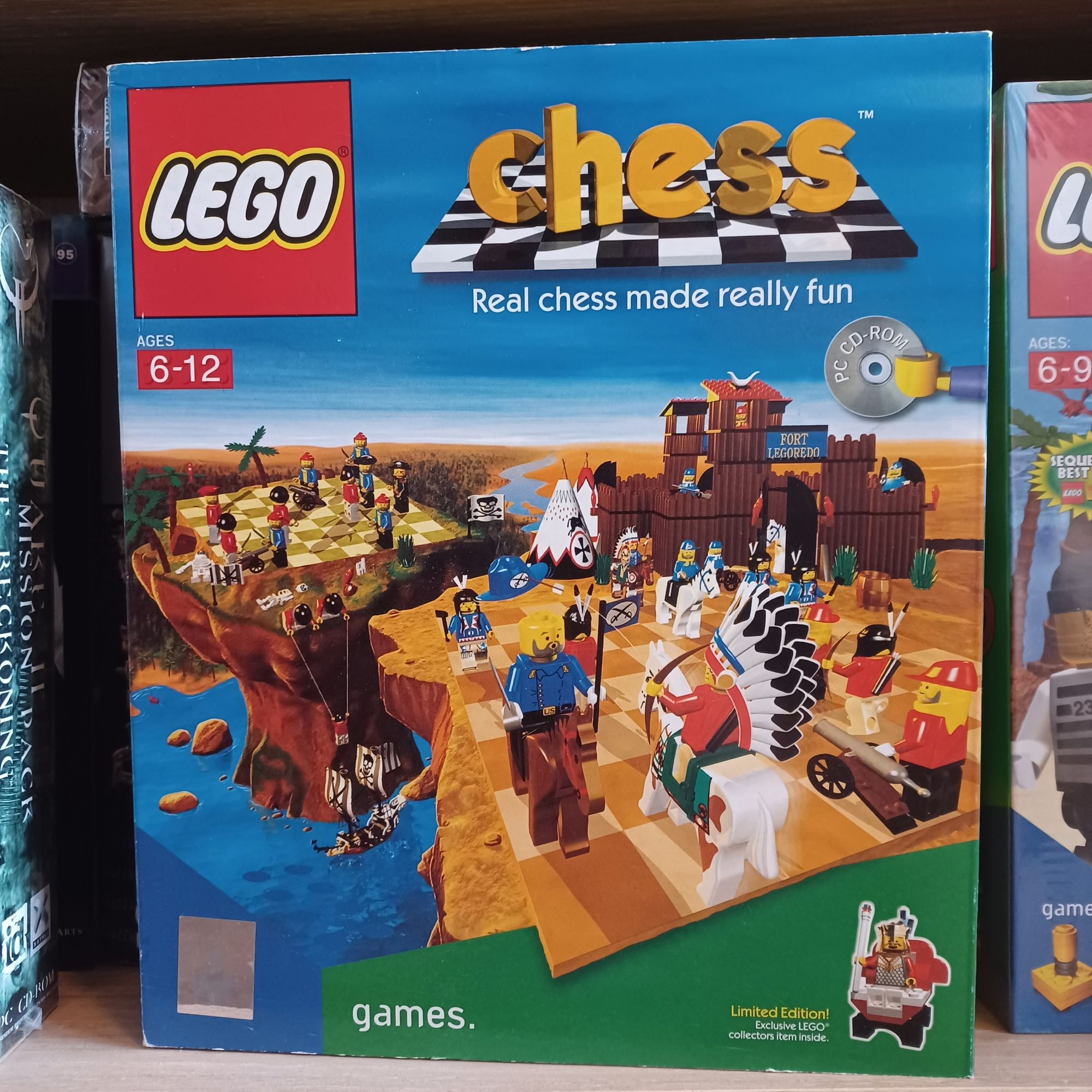
Why is this box important to you?
My childhood copy of Lego Chess, because it's from my childhood, it's one of the few games my parents got me, it taught me how to play chess - and the mini figure is still sealed.
Michael: Sam & Max Hit the Road
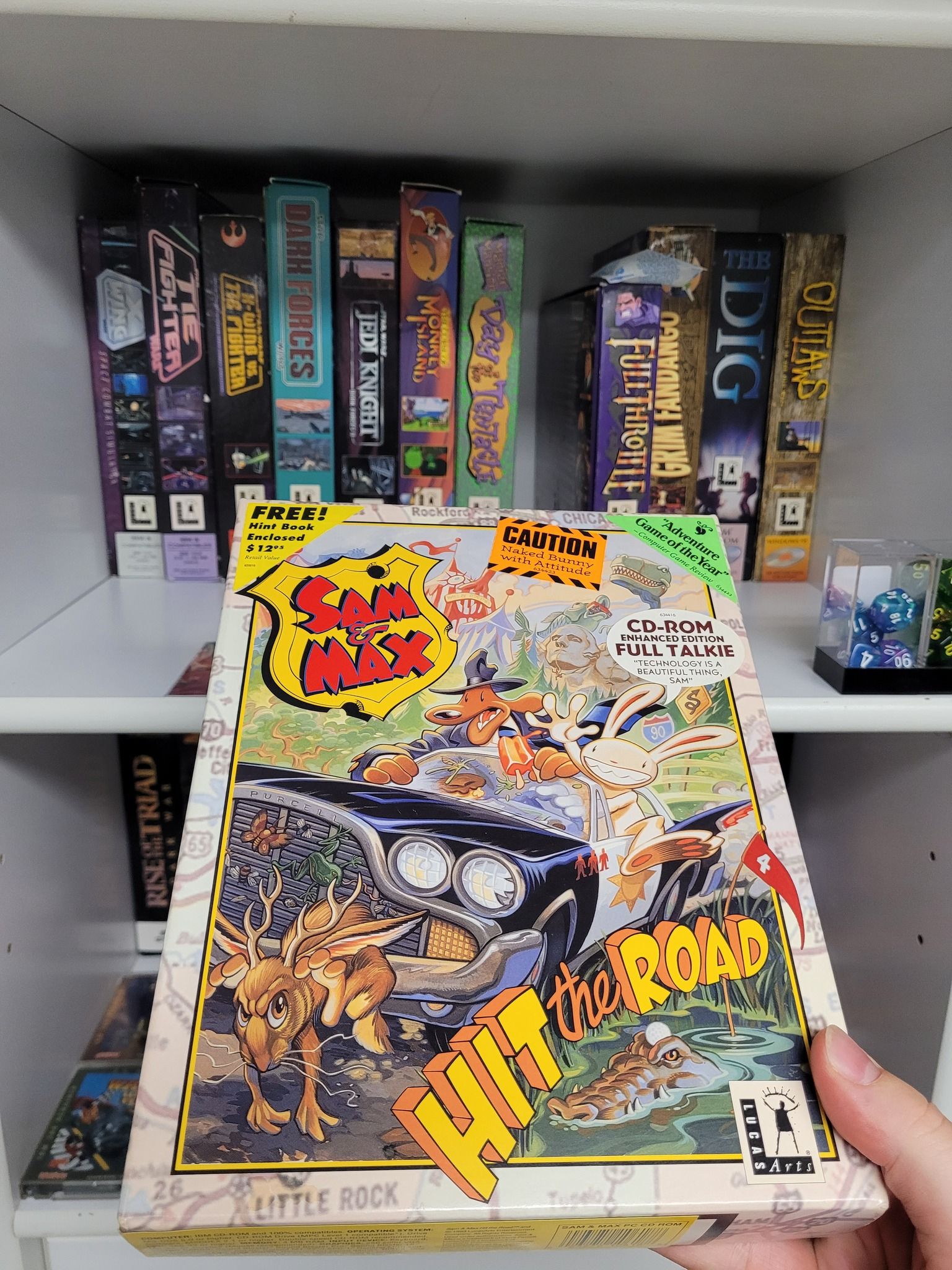
Why is this box important to you?
I suppose you could take your pick among the mid 90's era of LucasArts point and click adventures (Full Throttle and The Dig come to mind), but Sam 'n' Max Hit the Road has to be the most sentimental to me. The slapstick comic style, the humour, the obvious love that went into every facet of the game, not the least of which was the artwork on the box. I put countless hours into this with my father, my brothers and my friends.
Thanks to all those who shared their big box games and the stories behind them! Please, share yours below!